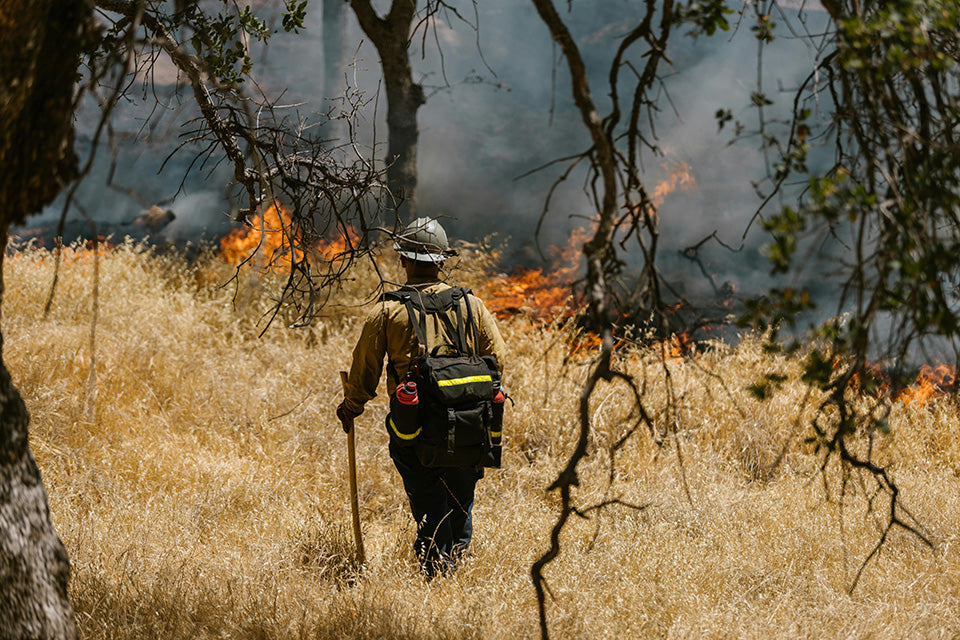Imagining a Future Without FEMA
Since its creation in 1979, the Federal Emergency Management Agency (FEMA) has been a cornerstone of the nation’s disaster response. But now, its future is uncertain. Major funding cuts proposed by the current federal administration could drastically reduce its capabilities—or even lead to its closure. So what would a world without FEMA look like for communities and individuals?
FEMA has long provided vital support before, during, and after disasters. Without it, the burden of emergency preparedness, response, and recovery would shift heavily to states, cities, and local communities. Already working with limited resources, these entities would be expected to fill the gap—planning for potential hazards, managing emergency responses, and funding rebuilding efforts—all while balancing other pressing local needs.
For those who champion self-reliance, this might seem like the ultimate test of independence. But for most individuals and communities without the resources to fully prepare for or recover from disasters, the absence of FEMA could spell serious challenges ahead. Brace yourself—without federal support, navigating the aftermath of a crisis could become significantly more difficult.


